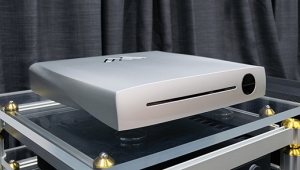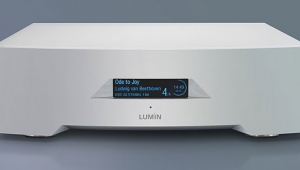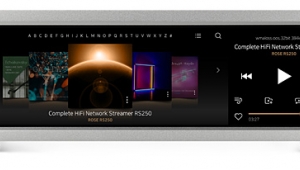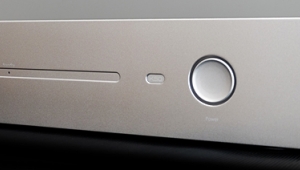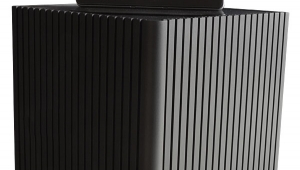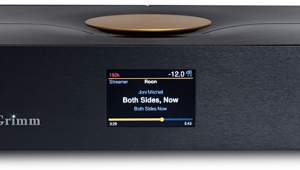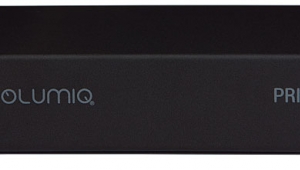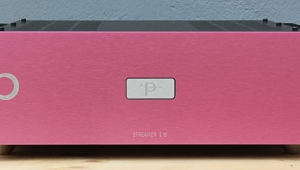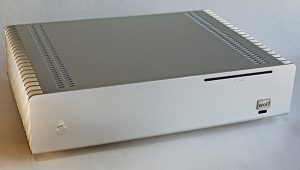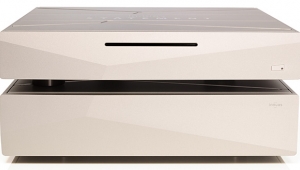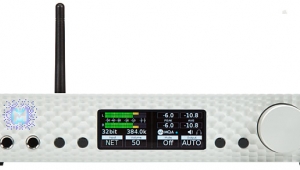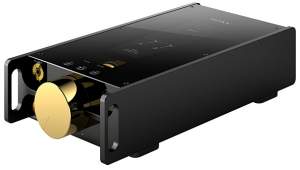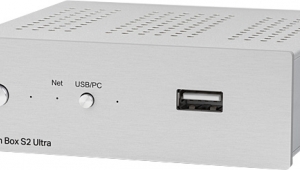| Columns Retired Columns & Blogs |
As per the 801 - what on earth is the point of a supposed audiophile device (at an audiophile price) with a measly 16GB storage? It is like they have set Apple as the benchmark, then gone below it rather than exceeded it.
There are 1TB hard drives available these days for the cost of duk5hit. How many 24/96 audiophile FLAC files will this dinky thing store?
There is no point.
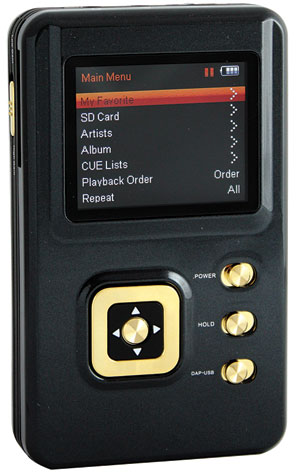 Head-Direct's HiFiMan HM-602 is the second in a growing line of perfectionist-quality portable music players designed by Fang Bian, a 31-year-old audiophile and student of nanotechnology at the City University of New York's Hunter College. Bian's first HiFiMan design was the larger, heavier, more versatile HM-801 ($790; see my review
Head-Direct's HiFiMan HM-602 is the second in a growing line of perfectionist-quality portable music players designed by Fang Bian, a 31-year-old audiophile and student of nanotechnology at the City University of New York's Hunter College. Bian's first HiFiMan design was the larger, heavier, more versatile HM-801 ($790; see my review 

